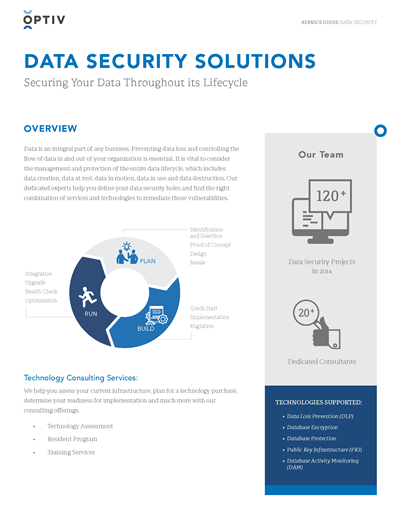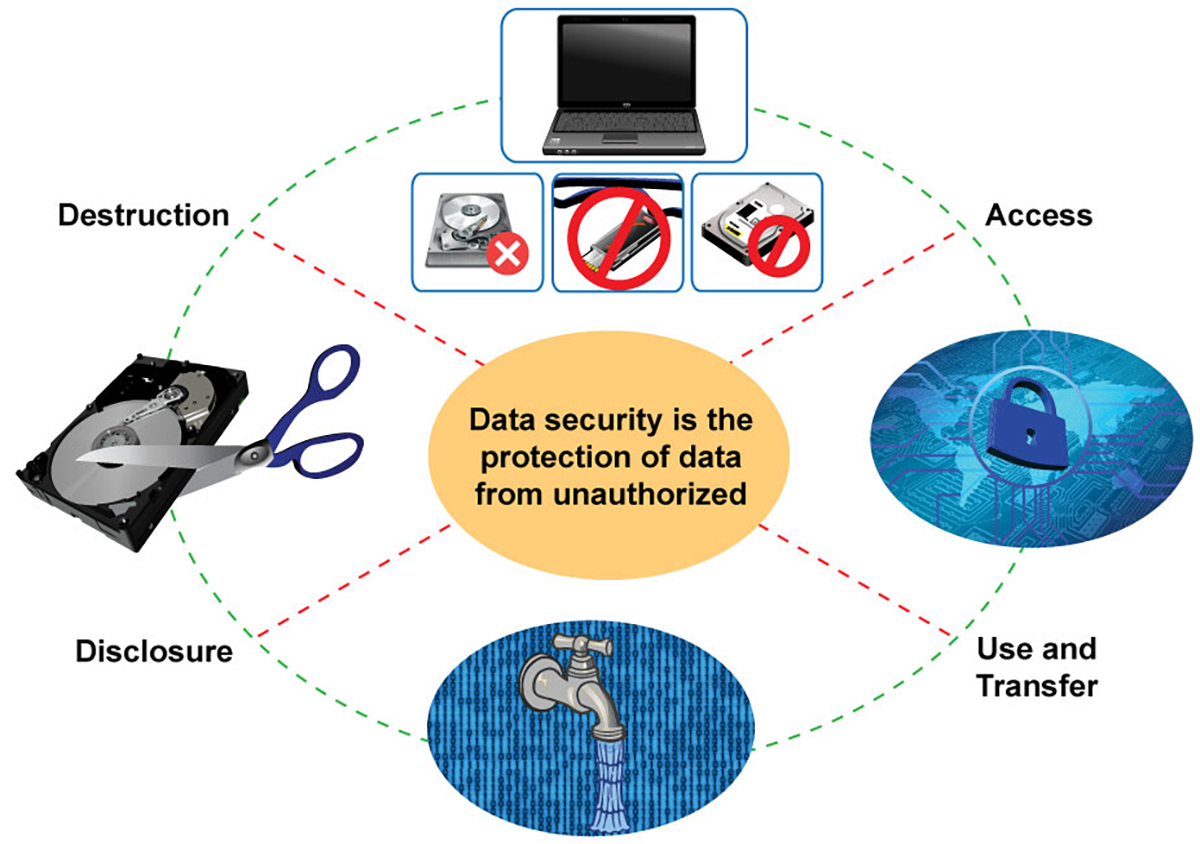Essential Cyber Security Practices for Effective Data Destruction Techniques
Essential Cyber Security Practices for Effective Data Destruction Techniques
Blog Article
How Appropriate Data Damage Adds To Robust Computer System Protection Solutions and Mitigates Dangers of Data Violations
In today's digital landscape, the importance of correct data damage can not be overemphasized, as it offers as an essential part of comprehensive computer security services. The ramifications of insufficient data damage extend beyond simple conformity; they can exceptionally impact an organization's cybersecurity stance and credibility.
Value of Data Devastation
In today's electronic landscape, the value of information damage can not be overstated. As companies progressively count on digital properties, the possible threats linked with information violations and unauthorized accessibility magnify. Reliable data damage is a crucial part of a detailed info protection method, protecting sensitive information from falling under the hands of destructive actors.
When data is no more required, just removing documents or formatting hard disk drives is not enough. Residual data can typically be recovered using readily available devices, positioning considerable threats to both companies and individuals. This underscores the requirement for robust information destruction methods that ensure all information is irretrievably removed.
Furthermore, governing conformity mandates, such as GDPR and HIPAA, highlight the commitment to safeguard sensitive data, including its appropriate disposal. Non-compliance can cause severe lawful consequences and punitive damages. data destruction. Therefore, integrating effective data devastation procedures not just improves safety and security yet also fortifies a company's credibility and dependability

Methods of Secure Data Erasure
A number of effective techniques of protected data erasure can be used to make sure that delicate information is permanently gotten rid of from storage tools. One commonly identified method is information overwriting, which involves replacing existing information with random patterns several times. This method significantly decreases the chances of information recovery, although it might not work against sophisticated forensic methods.

Physical destruction is likewise a reliable technique, where storage space tools are made pointless through shredding, crushing, or incineration. This method makes sure that data can not be recouped by any type of methods however needs mindful handling of hazardous products.
Last but not least, specialized software program tools developed for safe information erasure supply performances that abide by different erasure standards. These devices commonly consist of functions like verification procedures to confirm effective information devastation.
Using these techniques in mix can boost information safety and reduce the threats connected with data breaches, ensuring that sensitive details is not accidentally subjected.
Legal and Compliance Factors To Consider
The methods used for protected data erasure not just offer to shield sensitive info but likewise should line up with legal and compliance frameworks controling data defense. Organizations are called for to abide by various policies, such as the General Information Protection Policy (GDPR), the Medical Insurance Portability and Accountability Act (HIPAA), and the Settlement Card Sector Data investigate this site Protection Criterion (PCI DSS) These regulations mandate particular procedures for data taking care of and damage, guaranteeing that sensitive and individual information is irretrievably erased when no longer needed.
Failing to follow these legal demands can lead to substantial charges, consisting of fines and reputational damage. In addition, companies have to keep documents of information devastation processes, demonstrating conformity throughout audits or investigations. This paperwork not just secures versus lawful effects but additionally strengthens depend on with customers and stakeholders, showcasing a dedication to information safety and security.
Incorporating lawful and compliance considerations into information destruction practices is necessary for any type of organization. It minimizes the threat of information breaches and shows a positive approach to protecting sensitive details, ultimately fostering a society of safety and accountability throughout the organization.
Influence On Cybersecurity Pose
Effective information devastation dramatically improves a company's cybersecurity posture by minimizing the possible assault surface area for cyber risks. When delicate information is not appropriately destroyed, it stays accessible to harmful stars who can exploit this information for unauthorized gain access to, identification theft, or corporate espionage. By carrying out robust information destruction methods, companies can properly decrease the threat of information breaches and enhance their total safety framework.
In addition, the protected disposal of unnecessary or out-of-date data not only shields sensitive info yet also helps organizations adhere to market regulations and criteria. Failure to effectively ruin information can cause extreme lawful consequences and reputational damages, additional endangering a company's cybersecurity position.

Ultimately, read the full info here prioritizing effective data devastation is necessary for promoting a durable cybersecurity position, making certain that organizations continue to be watchful versus progressing cyber dangers while shielding their vital assets and stakeholders.
Best Practices for Organizations
Applying finest practices for data damage is crucial for companies aiming to safeguard sensitive details and reduce cybersecurity dangers. Most importantly, organizations need to develop a thorough data destruction policy that details duties and procedures. This policy ought to abide by relevant regulations, such as GDPR or HIPAA, making certain legal conformity.
Second of all, it is necessary to use authorized information sanitization approaches, consisting of data wiping, degaussing, and physical damage, tailored to the sort of information and storage space medium. Employing certified experts for data destruction solutions enhances the reliability of these approaches.
Furthermore, companies need to maintain an in-depth inventory of all data storage devices, making sure that all obsolete or replaced tools undertakes destruction. Regular audits of data devastation techniques can help recognize weak points and boost compliance.
Employee training is another important aspect, as team should understand the relevance of information devastation and stick to developed protocols. Companies ought to document all data damage activities to give liability and traceability, which can be vital during audits or in the event of a violation.
Final Thought

One commonly identified approach is information overwriting, which entails replacing existing data with random patterns multiple times.The techniques utilized for official website safe data erasure not only offer to safeguard sensitive details yet additionally needs to align with legal and compliance structures controling information security. These laws mandate specific protocols for information managing and destruction, guaranteeing that sensitive and personal data is irretrievably removed when no longer needed.
By implementing durable information destruction procedures, companies can effectively reduce the danger of data violations and enhance their overall protection framework.
In conclusion, appropriate information destruction is essential for boosting computer security solutions and reducing the threats connected with information breaches. - data destruction
Report this page